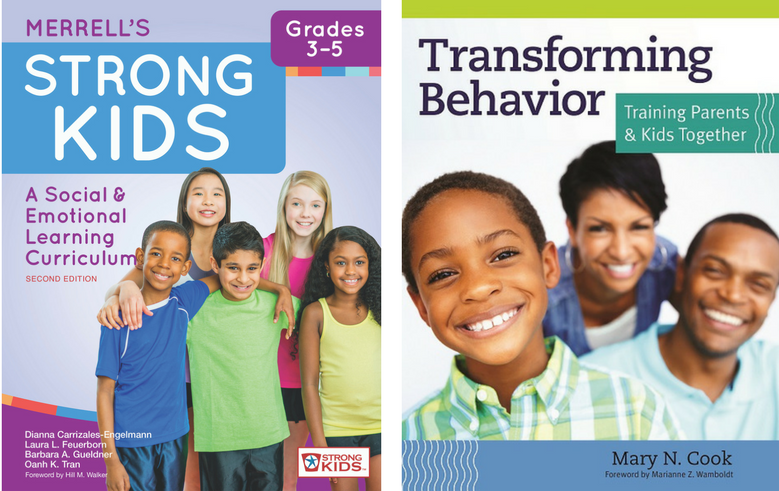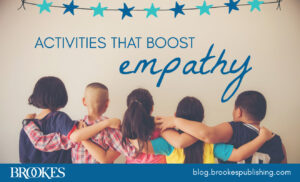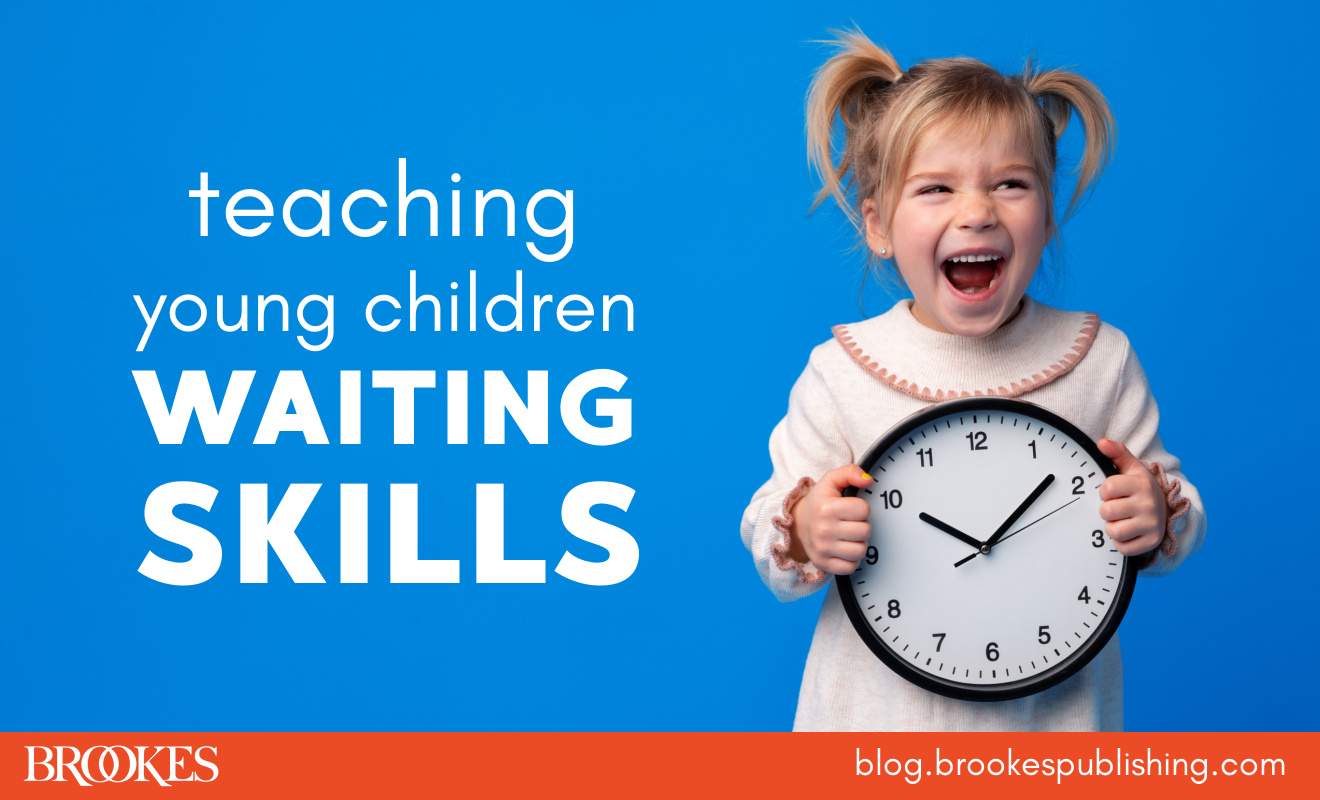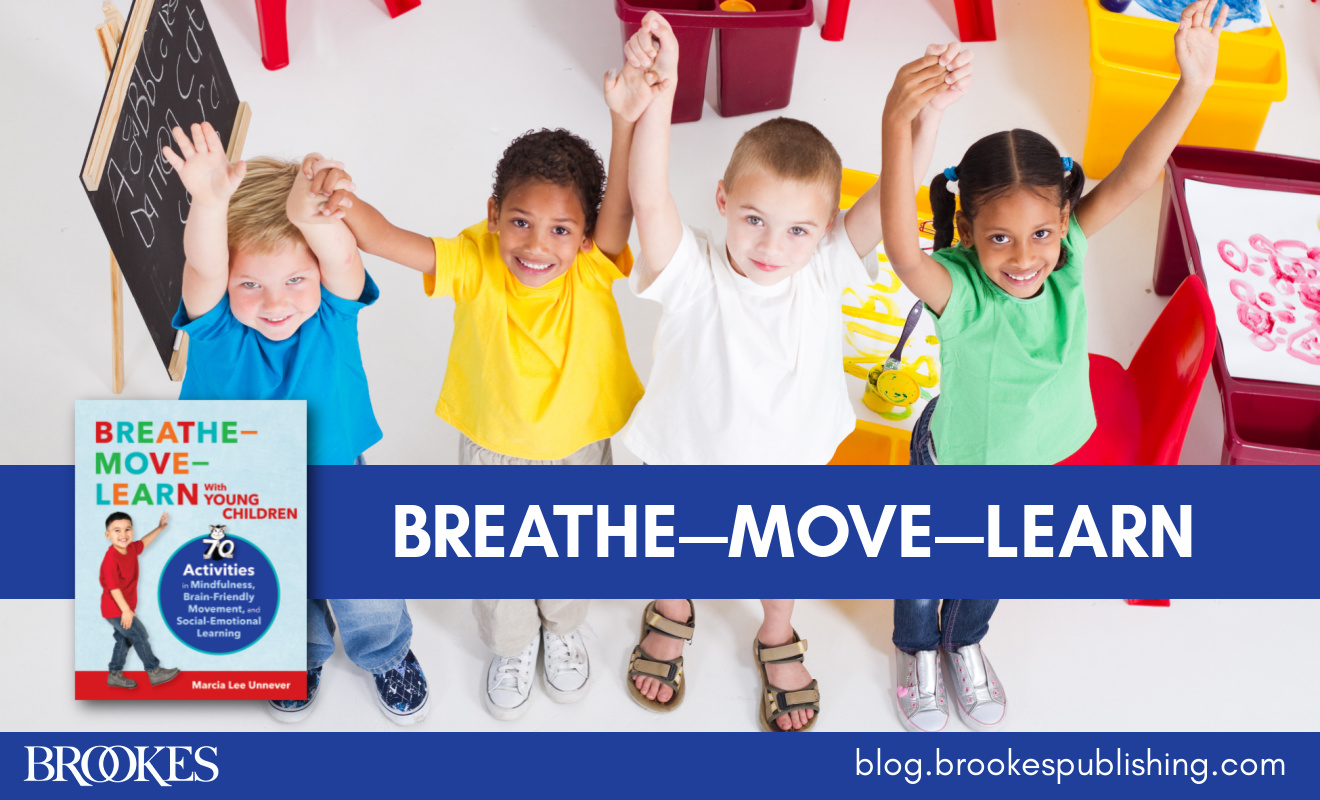5 Activities for Building Empathy in Your Students
February 21, 2017
Empathy is one of the most critical social skills young learners can develop. Not only is empathy a primary ingredient of bully-free schools and harmonious inclusive classrooms, it’s also a skill students will use for the rest of their lives as they grow into caring, compassionate adults and good citizens of the world.
Empathy is a complex skill, but just like anything else, it can be taught. Today’s post brings you five simple activities you can use to help build empathy in your students. Adapted from two effective programs on social skills development (see the end of this post for details), these activities will help kids correctly identify emotions, sharpen their active listening skills, sidestep common “empathy busters,” and more.
Want more empathy-boosters? See this post for 8 more activities!
Activity 1: Identifying and Modeling Emotions
Print out this list of emotions and review it with your students. Then try this:
- Call on students and ask them to point to the face that shows happiness, sadness, etc. Continue until all students who had their hands raised have had a chance, even if it involves repeating emotions.
- Ask all students who want to demonstrate an emotion to put their hand up. In rapid succession, instruct students to display physical actions that illustrate each emotion. Jump in and assist with your own modeling as needed.
- Now it’s your turn—model one of the emotions that your students haven’t modeled yet, and see if your students can identify what emotion you’re feeling. Ask them what could have happened to you to make you feel that way.
- Discuss potential scenarios that may elicit emotions. Say to your students, “Show me what you would look like if you experienced this,” and then present them with the below examples (or come up with your own):
- You reached out to hug someone who turned away.
- You won a prize that you weren’t expecting.
- Your goldfish died.
- You saw yourself on TV.
- Your friend just pointed out that you have something stuck in your teeth and it’s been there since breakfast!
- You found ants all over a treat you had left for later.
- A person in your class got a toy that you have really wanted for a long time.
Activity 2: Guessing Emotions
Ask individual students to choose an emotion from the list we linked to above. Instruct them not to tell their classmates which emotion they’ve chosen. Have students, one by one, model the body language that reflects that emotion.
While students are modeling emotions, ask their classmates to look for clues to help them guess the emotion that’s being modeled. Remind students that it’s not always easy to figure out people’s feelings, and reiterate that not everyone experiences or shows emotions the same way.
Here’s a sample script you can use:
“Now, I need two volunteers to show a couple more emotions. You can show us an emotion from this list or you can show us a completely different emotion. Don’t tell us what the emotion is right away. We’re going to guess. We may not get it right, but that’s okay. That’s why we practice thinking about other people’s feelings whenever we can. After we’ve had a few tries, I’d like you to tell us the make-believe reason why you are feeling that emotion.”
Activity 3: Active Listening and Showing Empathy
First, introduce your students to the importance of active listening and the difference between sympathy and empathy. Here’s a script you might want to use:
“There are two kinds of support we can offer when we’re helping someone: sympathy or empathy. In both cases, we can show that we are listening to someone by leaning our body slightly forward and toward the person, by looking at the person’s face and giving them our full attention while they are talking, and by nodding occasionally to show that we are hearing them. We can also keep a kind expression on our face and repeat to the person what we heard them say when the time is right. For example, you can say, ‘You’re mad you have homework when you’d rather be hanging out.’ You can also say things like, ‘I’m so sorry.’
But empathy takes sympathy a little further by showing how deeply we understand. Usually, this means that something very similar has happened to you and you really do feel what the person feels when you realize the situation they’re in. You could say, ‘That happened to me once, and it made me so mad.’ Even if we haven’t been in a similar situation, we can still feel and show empathy by looking at the situation the way another person sees it.”
Then, use this handout to practice active listening skills. Divide students into three groups and give each of them a different story from the handout. One student from each group will be the main character, and the rest of the group should act together as the “director,” to help the student act out the emotion the person in the story might have.
After each group shows their depiction of the emotion, ask the rest of the class:
- What do you think the main character is feeling?
- What physical cues led you to that conclusion?
- Why is it important to know someone else’s perspective?
- What could you do or say if you were a friend of the main character?
Activity 4: Feelings Collage
This is a fun activity to try in any classroom, especially if some of your students are especially shy and might have difficulty acting out emotions in front of the class.
Bring a big stack of magazines to class and give each of your students art supplies: posterboard or construction paper, scissors, glue sticks. Invite your students to cut pictures from the magazines of people expressing any kind of feeling, and instruct them to use these images to build a “feelings collage.” Hand out markers and ask students to label each picture in their collage with a feeling word; then, have them take turns explaining their collages and feeling labels to the group. Encourage your students to elaborate on the details of what they noted regarding the person’s facial expression, their body language, or the context of the photo or illustration.
When the activity is over, let your students take the collages home. Recommend that they keep their collages and post them in a prominent place at home for use in practicing identifying and labeling their own feelings.
Activity 5: Empathy Busters
What’s the opposite of empathy? In this activity, your students will learn about common “empathy busters” so they can avoid them in the future.
First, introduce your students to these empathy busters using the mnemonic device S.U.D.S.:
Solving the problem
Examples: “I’ll fix it.” “I’ll talk to her.” “I’ll get you a new one.”
Many people make this mistake when trying to comfort a friend. It’s common to think everything would be fine if we could just solve the problem! Problem solving is a useful skill, but the timing must be right. What is helpful initially when another person is upset is simply expressing empathy, validating the other person’s feelings, and inviting him or her to talk about his or her feelings. Rushing to solve the other person’s problems often makes the person feel as if his or her feelings are being dismissed or invalidated.
Unsolicited advice
Examples: “Well, if I were you. . . .” “I think you should. . . .” “Why don’t you just. . .?”
Again, offering advice right off the bat is not usually helpful or welcomed by a friend who is hurting. Instead, wait for advice to be sought. In the meantime, express empathy and actively listen. Just be there.
Dismissing feelings
Examples: “It’s not that big a deal.” “You shouldn’t feel that way.” “Get over it.” “That’s no reason to be upset.”
This response makes it seem as though the person is wrong for feeling a certain way. Feelings aren’t right or wrong—they just are.
Sarcasm
Examples: “That’s just such a tragedy!” “Oh, it’s just the end of the world…” “Boo hoo, what a shame.”
Sarcasm will make an upset friend feel put down and/or misunderstood.
Once you’ve introduced the empathy busters, ask each child to write a short story describing a situation or event during which he or she became upset. Then, have students tell their stories while a peer expresses either appropriate empathy or an empathy buster. Encourage the other students to compare the expression of empathy busters versus real empathy. Ask the students who tell their stories to discuss how it felt to receive empathy versus empathy busters.
***

These empathy exercises were adapted from Merrell’s Strong Kids, Grades 3-5 (activities 1-3) and Mary Cook’s Transforming Behavior (activities 4-5). If you’re looking for programs that boost social-emotional learning and skills development, check out these resources, and browse the Behavior section of the Brookes Publishing site for more titles that can help.





Write a Comment
Your email address will not be published. Required fields are marked *
comments
Mindvalley says
Great attractive and informative story, i got huge of important idea from your post. A big thanks for sharing with us !!
https://blog.mindvalley.com/empathize/
Rinat Abramovich says
Nicе! Thank yoս for this article!
makayla mann says
everyone should show empathy.always do good things not bad.
rahila mahmood says
This is really good to read. It,ll be very helpful in teaching communication to kids.
melien says
what a great ideas. I must say that you guys are aweomse and always came with mind blowing things. I love these activities ideas for Building Empathy in Your Students. As i am a teacher so it will surely help me to build empathy in my students.
Post a Comment